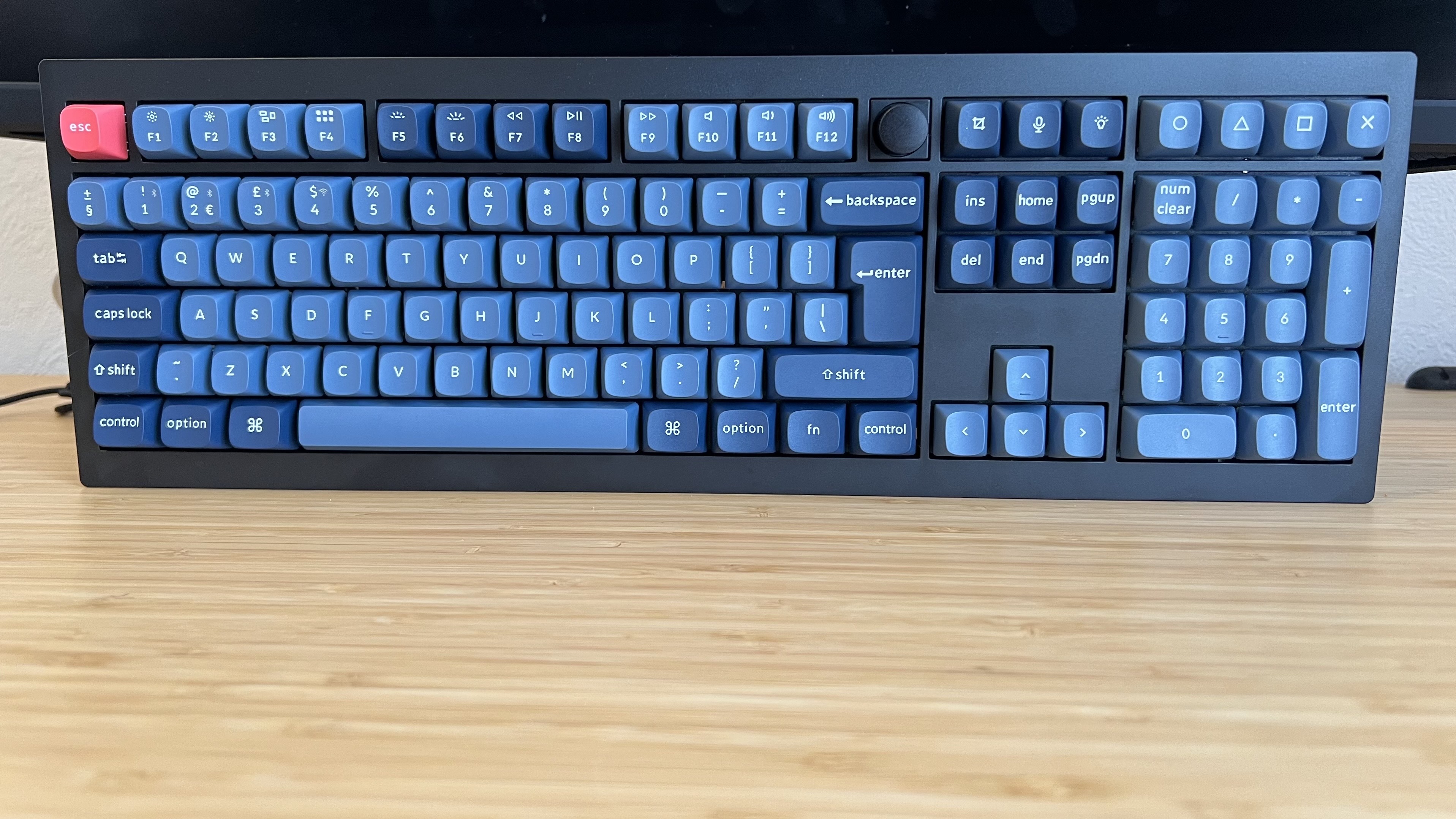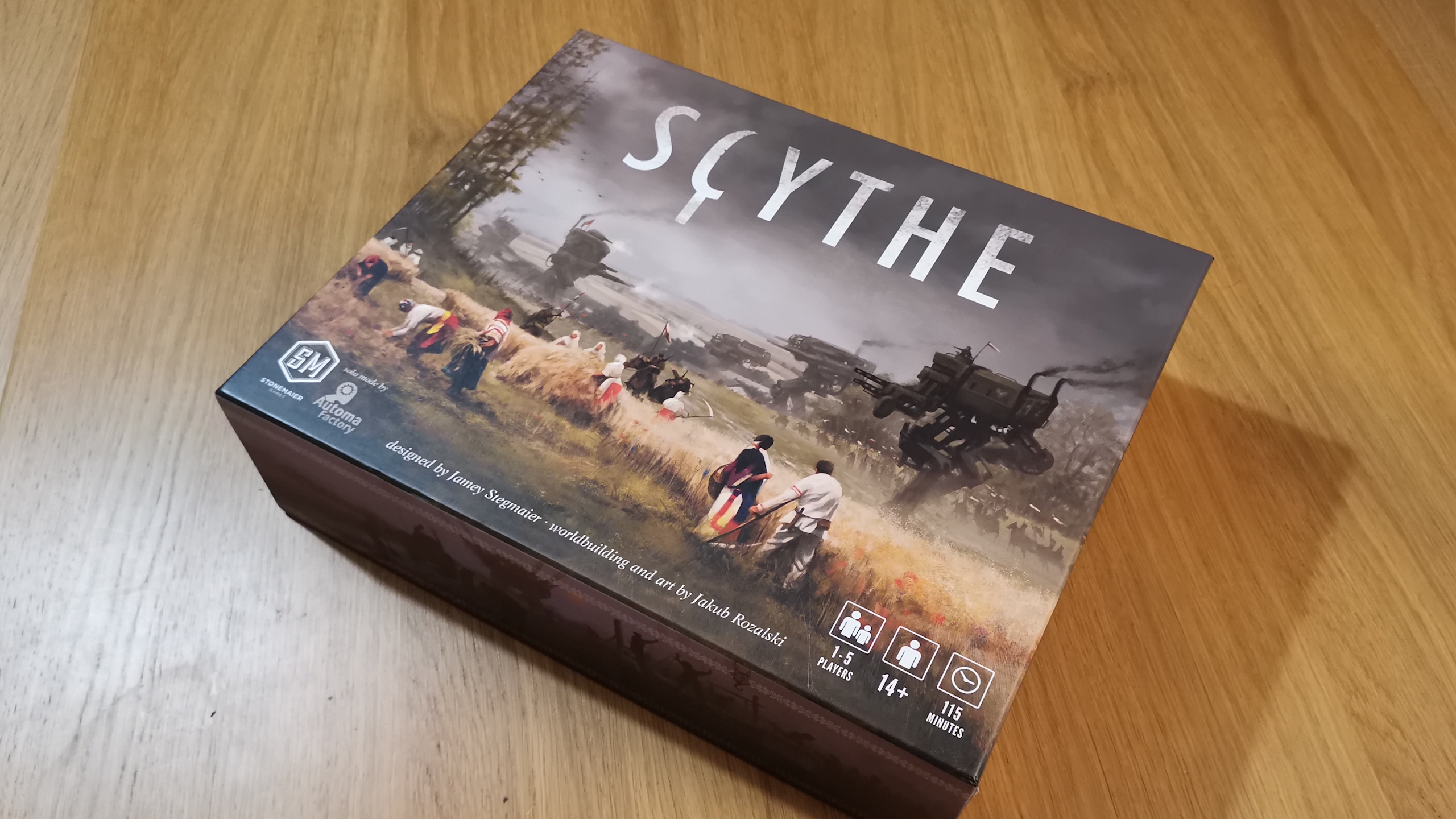GamesRadar+ Verdict
The Keychron V6 Max feels fantastic under the fingertips, with a super slick typing experience that makes longer sessions a breeze. With a wide range of connection options and easy QMK / VIA compatibility, the full-sized deck manages to stay nimble in both gaming and productivity scenarios.
Pros
- +
Excellent typing feel
- +
Impressive connection options
- +
Expansive onboard controls
- +
Versatile software
Cons
- -
Cheaper case design than usual
- -
No dedicated media controls
Why you can trust GamesRadar+
October 23, 2025 - This review has been updated after the Keychron V6 Max has seen a good few discounts in both the US and UK. That MSRP is still in place, but when the sales hit there's some serious value for money up for grabs here. All new information is separated from the main body of my original review and my recommendation and score remains the same.
The Keychron V6 Max is a typist's dream, with super soft landings, a slick set of caps, and a gorgeously sound dampened interior. It doesn't carry the same reassuring heft as many of the brand's smaller decks thanks to its cheaper plastic chassis, but it's still a solid piece of kit with the sound and feel of a premium deck.
At $124.99 it's decently priced for a wireless model, especially considering Keychron itself can sometimes charge a premium for its more luxurious cases. While it does't include some of the fancier features of the best gaming keyboards it's certainly the best hot-swappable keyboard for those after a larger control panel.
Price | $124.99 / £124.99 |
Type | Hot-swappable mechanical |
Connection | 2.4GHz / Bluetooth / Wired |
Size | Full |
Switches | Gateron Jupiter Red / Brown / Banana |
Keycaps | PBT Doubleshot |
Media keys | Dedicated volume dial, dual-function playback |
Wrist rest | None |
USB passthrough | None |
Though that $124.99 MSRP is still very much in play, I've seen the Keychron V6 Max drop as low as $99.99 since this review was first published. If it can stay there with any kind of regularity, those numbers are working particularly hard in the V6's favor.
Design

The V6 Max is instantly recognizable as a Keychron device. From its jet black case to its two-tone (with a little red flair) slightly rounded keycaps, anyone versed in the world of hot-swappable mechanical keyboards will be able to identify this brand. That's going by looks alone, though.
I've tested a bunch of Keychron decks at this point, and while the likes of the Keychron Q2 sometimes erred on the side of being too heavy, I've always appreciated the sturdy feel. Keychron has abandoned the dense CNC aluminum for this build, instead keeping things more affordable with an ABS plastic case. It's definitely contributing to that decent price, but it doesn't feel as luxurious as the rest of the range.
While sturdy in more relaxed typing, there's also a good degree of flex to the top plate. That bounce can be achieved with a different switch plate, though, without adding extra movement to the top plate during heavier typing sessions. I personally prefer a stiffer board, but with lighter strokes the V6 Max still feels rigid under the fingertips.
Keycaps

The entire deck is outfitted with a set of double-shot PBT caps, but these aren't the super textured toppers you might be used to. Instead, they're much smoother than the PBT options I've used in the past, with no grain whatsoever. It means they feel a little stickier during longer typing sessions, and don't offer that satisfying sense of grip.
Still, they feel solid under the fingertips and excellently curved to both maintain precision and offer a softer appearance overall.
Weekly digests, tales from the communities you love, and more
The caps themselves swap between a darker gray color and a deep navy blue, with that classic red pop of Keychron's style. Straight out the box only the escape key is sporting this bolder color, but there are alternative caps in the box as well (for both Windows and Mac).
You're still getting the same skinny Keychron legend font on the main alphanumeric keys, with a thicker typeface used across navigation keys. I've never personally been a massive fan of the sometimes uneven font used on these latter keys - my 'Enter' key, for example, has some letters appearing far thicker than others, with some spacing inconsistencies.
Switches

All Keychron V6 Max keyboards come with Gateron's Jupiter switches installed (if you opt for the fully assembled version), with mine sporting Red linears. These are particularly smooth linears, a far cry from the Cherry MX Reds that often come pre-installed in cheaper hot-swappable keyboards. It's not quite as deep a sound or feel as other linear options out there, and I'd like to try the Jupiter Browns in here for a richer texture overall. However, they're nice and nippy with a short actuation point and a smooth stem.
Of course, with hot-swappable PCB you can throw pretty much any mechanical switch in here. The board supports both 3-pin and 5-pin options and actually adding new clackers is easy with no sticky switches or rough-looking attachments in my full swap. Screw-in stabilizers also provide an extra level of customization, though I noted they were particularly sturdy straight out the box.
I've noticed that the version of the Keychron V6 Max with Silent Red switches is often the more expensive model when discounts kick in. Often, the Jupiter Brown, Red, and Banana switch versions are a little cheaper by default.
Software
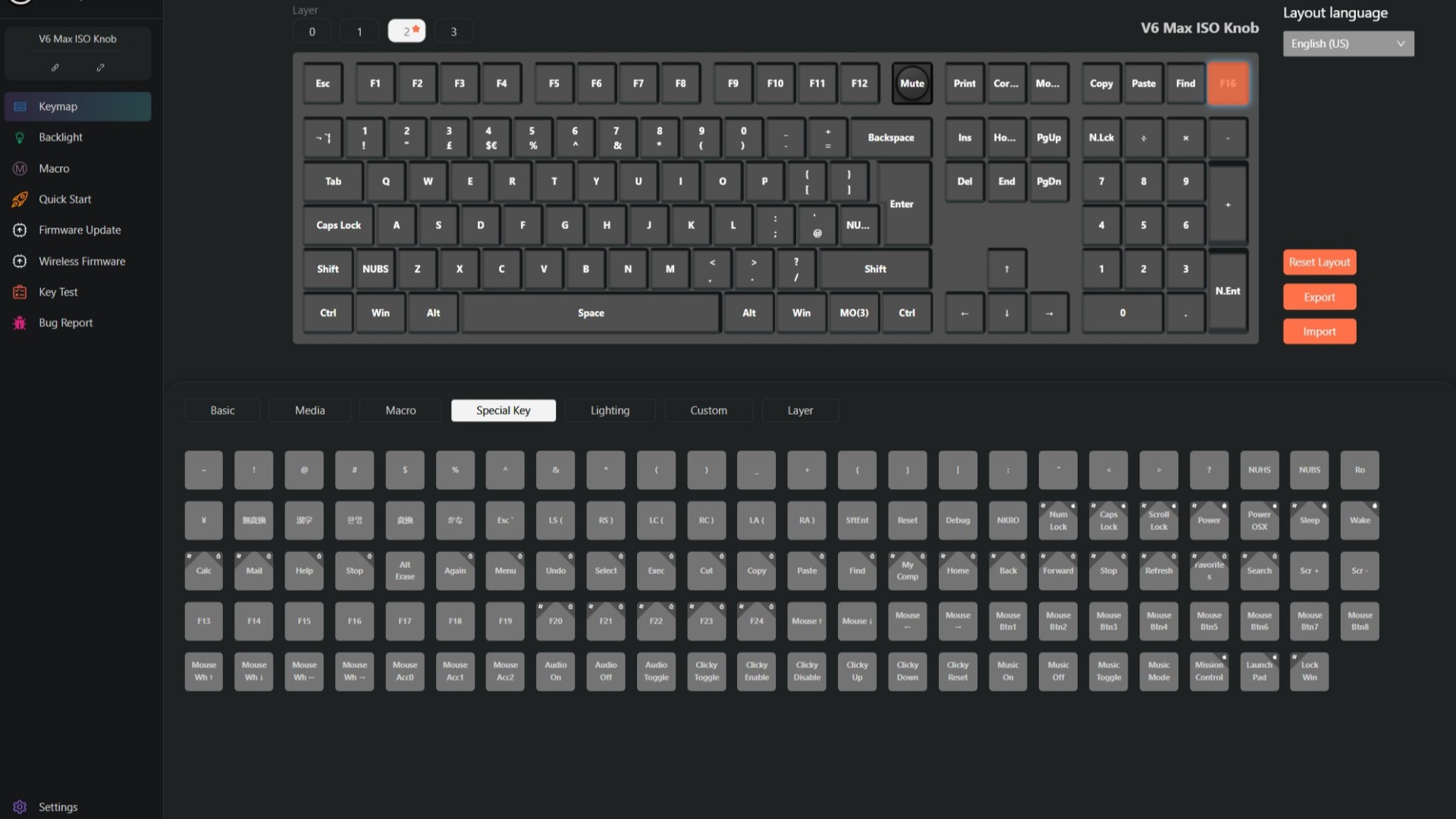
The Keychron V6 Max is fully compatible with QMK/VIA as well as the brand's own Launcher web software. I test a lot of gaming keyboards, and each one tends to use its own software. That means my PC is constantly clogged with all manner of programs idling in my tray - this is a breath of fresh air.
Keychron's own Launcher software runs in a browser and still offers full access to a wide range of keybindings and macros, with firmware updates and RGB settings to tweak as well.
It's not as comprehensive as some gaming-specific options, especially if you're torn between a mechanical and Hall effect deck. However, it's easy to use, doesn't take up precious CPU bandwidth, and packs a comprehensive selection of options. That additional QMK compatibility also opens you up to a whole world of open sourced customization options as well.
Controls
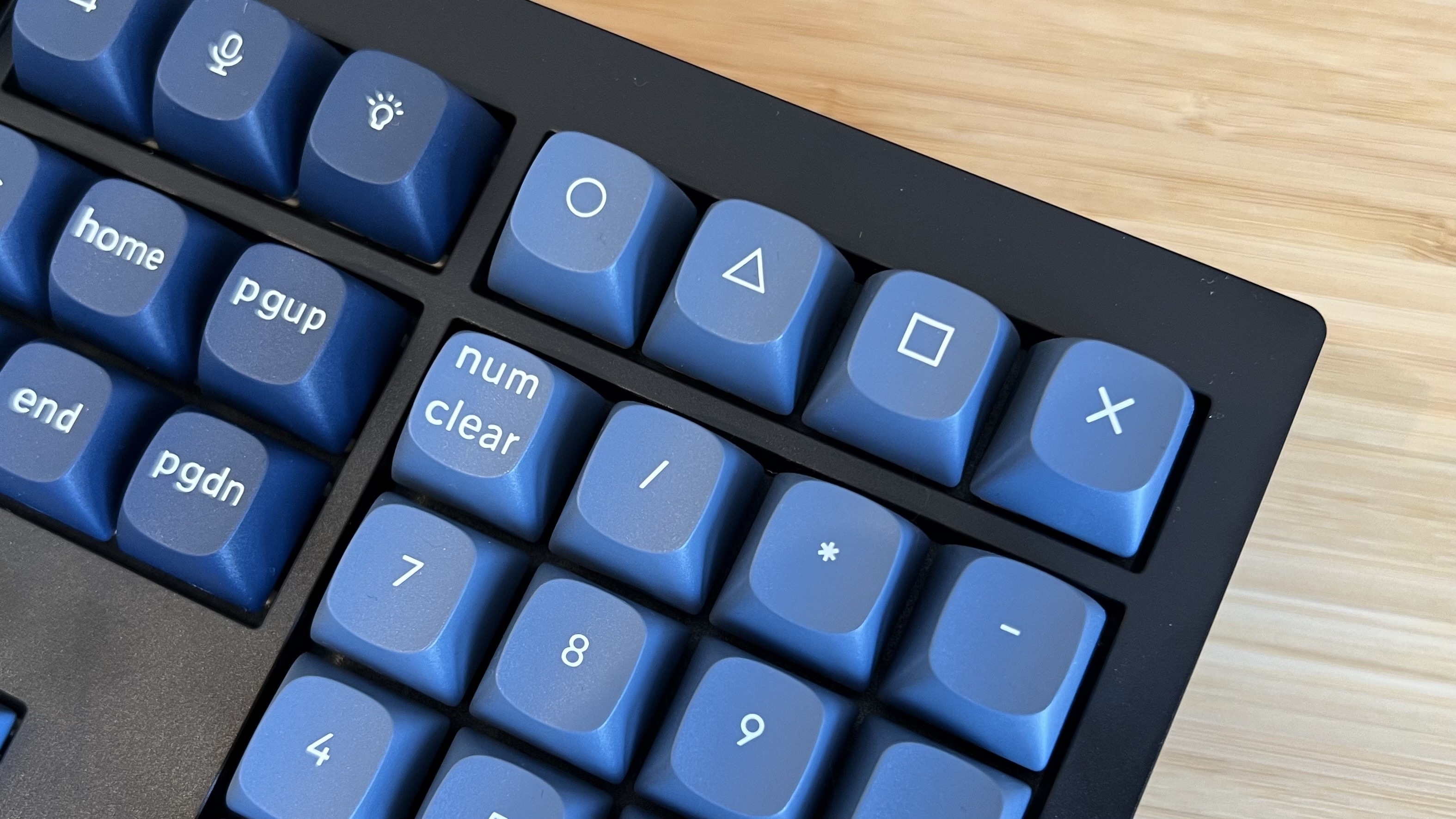
I haven't used a full sized keyboard for some time now, and feel spoiled for additional controls here. I'm more used to 75% decks, with a few navigation keys, a function row, and dedicated media controls. The Keychron V6 Max has everything you'd expect from a full deck, but where I would expect to see separate playback keys we've actually got four additional function buttons.
This isn't a gaming keyboard per se, but I still can't see those four icons without thinking PlayStation. They're all fully mappable and give you some extra headroom for macros and more complex keybindings.
Media and volume are mapped to the main function row, though there's also a customizable dial above the backspace (interestingly positioned near the center of the deck). Would I have preferred Keychron to use all this space for some proper playback clickers? Absolutely, but I may use them far more often than you.
Connection
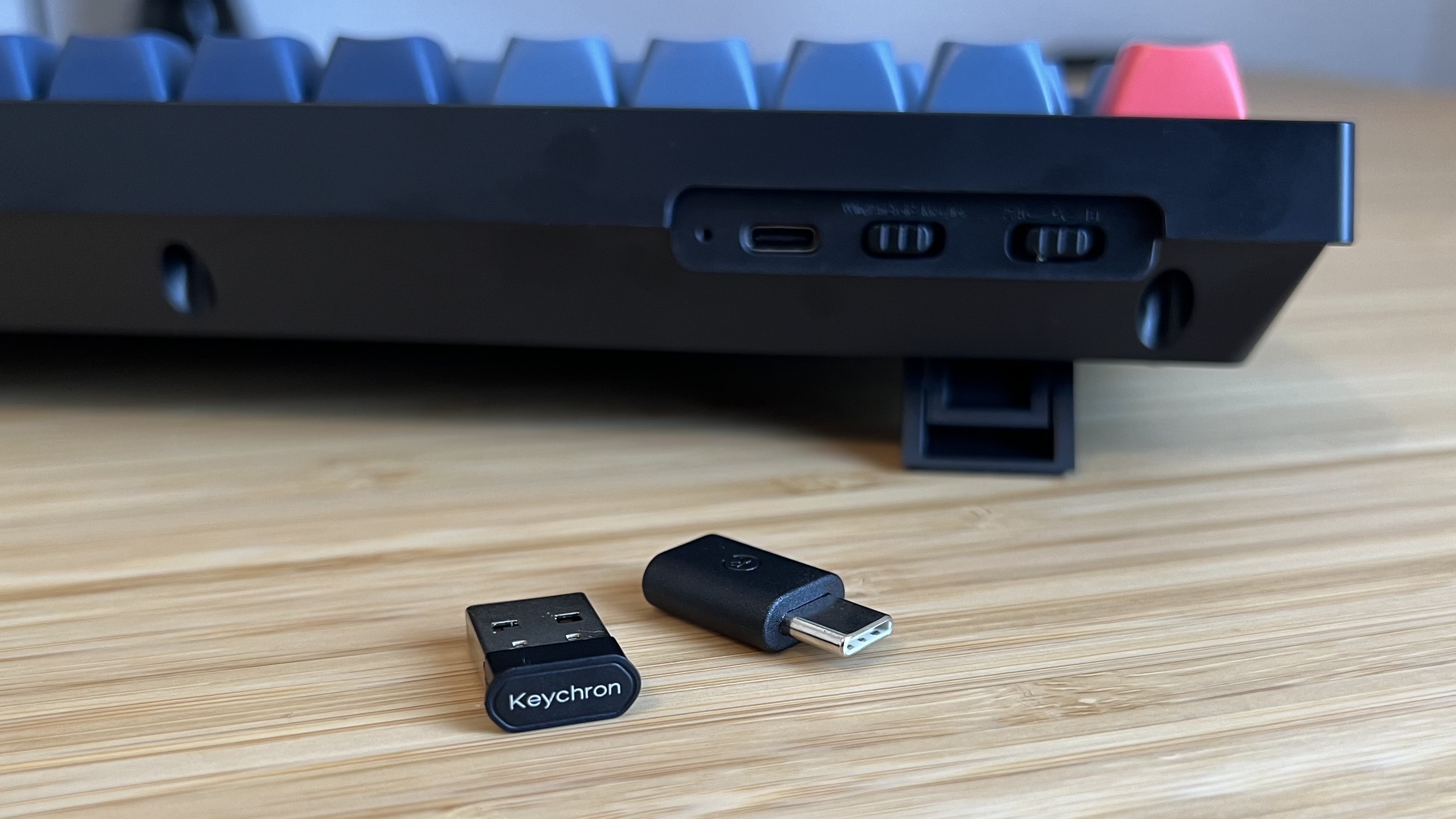
There's a surprising amount of versatility in the V6 Max's connection options. Sure, there's wired, 2.4GHz, and Bluetooth modes, but even that faster connection comes with the option of either a USB-A or USB-C receiver (both magnetically housed along the top right edge). On top of that, the V6 Max is also fully compatible with both Windows and Mac.
That's a contingency for pretty much any situation you find yourself in. The deck polls at 1,000Hz so will still keep the vast majority of gamers on their toes, while still offering a rock solid connection across both 2.4GHz and Bluetooth.
Battery
A 4,000mAh battery keeps everything running here, which Keychron reckons will see you through up to 225 hours without RGB and 100 hours with those LEDs switched on (presumably both measured on Bluetooth).
That's a little lower than the rest of the competition, though it outlasts the Ducky One X with its inductive switches easily.
Typing
The Keychron V6 Max is designed to give you enough flex to remain bouncy while still offering a crisp snap to each keypress. That means the typing experience remains satisfying, though notably lighter with these linear reds at the helm, while also keeping things comfortable for longer sessions. It's not the most tactile hot-swappable mechanical keyboard I've used, but it's certainly one of the easiest to type on.
That's thanks to a combination of gasket mounting, particularly secure stabilizers, and hearty PBT keycaps. In short, it's one of the most comfortable typing experiences I've had, and I usually prefer a stiffer deck overall.
Gaming
If you're on the hunt for a dedicated gaming keyboard, the V6 Max might not be the best fit for the cash. While slightly more expensive, models like the Logitech G Pro X TKL Rapid and Ducky One X offer newer magnetic switches that offer far more customization options for gaming.
However, these Hall effect clackers do come with their own compromises. While you'll be able to set custom actuation points and map two commands to the same keystroke by opting for a more modern switch system, magnetic switches feel woollier than the super crisp mechanical options under hand here.
If you're not keen on that denser feel, especially if you prioritize having a full set of keys and wireless connectivity, the Keychron V6 Max makes for an excellent gaming experience. Whether I'm zipping around Doom: The Dark Ages maps or simply trucking through some Planet Coaster builds, every stroke feels fast and precise.
It takes some getting used to the slightly wider spacing of a full-sized deck, and you won't have as much mouse space as you would with a more compact design, but if you split your time between work and play this is still a worthwhile investment.
Should you buy the Keychron V6 Max?
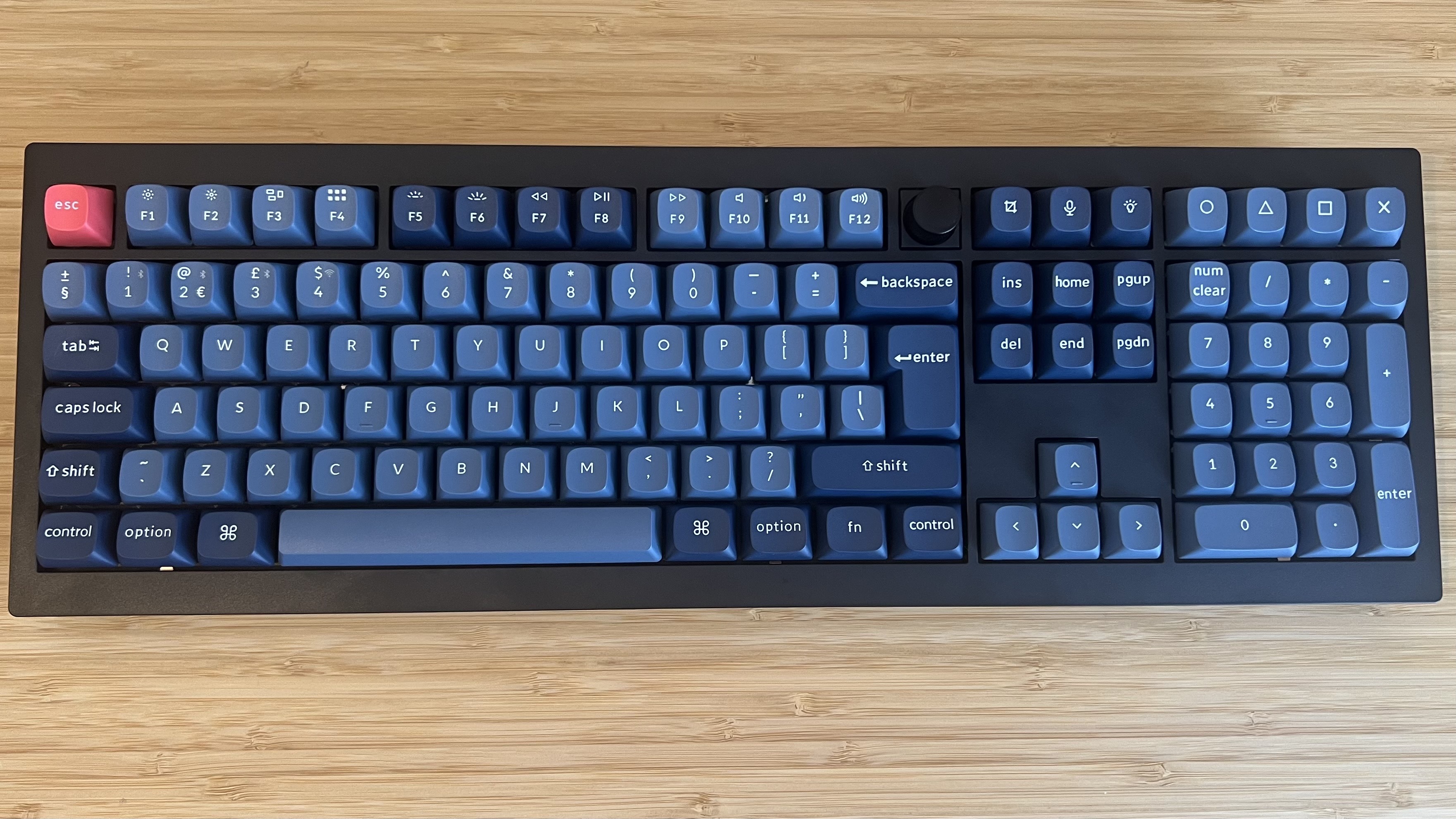
If you're looking for a full-sized hot-swappable keyboard with a wireless connection, the Keychron V6 Max is an excellent investment. I'd easily recommend it to any typists looking for a responsive, energetic deck with plenty of customization options and seemingly endless versatility.
It lacks a few features many gaming-specific keyboards offer, from magnetic switches to faster polling rates for the uber-competitive among us. However, I still enjoyed my play time with the V6 Max. If you're playing casually, or you're still climbing that competitive ladder it's going to be a particularly smooth addition to your setup.
After all, my favorite full-sized gaming keyboard, the Razer BlackWidow V4 Pro comes in at near double the price and doesn't even have a wireless connection.
Speed | 5/5 |
Customization | 4/5 |
Typing feel | 5/5 |
Portability | 3/5 |
Comfort | 5/5 |
Controls | 4/5 |
I'm rounding up plenty more of the best wireless gaming keyboards, as well as the best Razer keyboards and the best membrane gaming keyboards for some cheaper options.

Managing Editor of Hardware at GamesRadar+, I originally landed in hardware at our sister site TechRadar before moving over to GamesRadar. In between, I've written for Tom’s Guide, Wireframe, The Indie Game Website and That Video Game Blog, covering everything from the PS5 launch to the Apple Pencil. Now, i'm focused on Nintendo Switch, gaming laptops (and the keyboards, headsets and mice that come with them), PS5, and trying to find the perfect projector.
You must confirm your public display name before commenting
Please logout and then login again, you will then be prompted to enter your display name.
